
cd_nom

| Author : H. Bouyon |
 |
To get the picture, please visit:
Hervé BOUYON
email : herve.bouyon@wanadoo.fr
Any reuse of one or more photographs on this site is subject to an authorization request from the author.
Link to the Code of Intellectual Property (Legifrance)
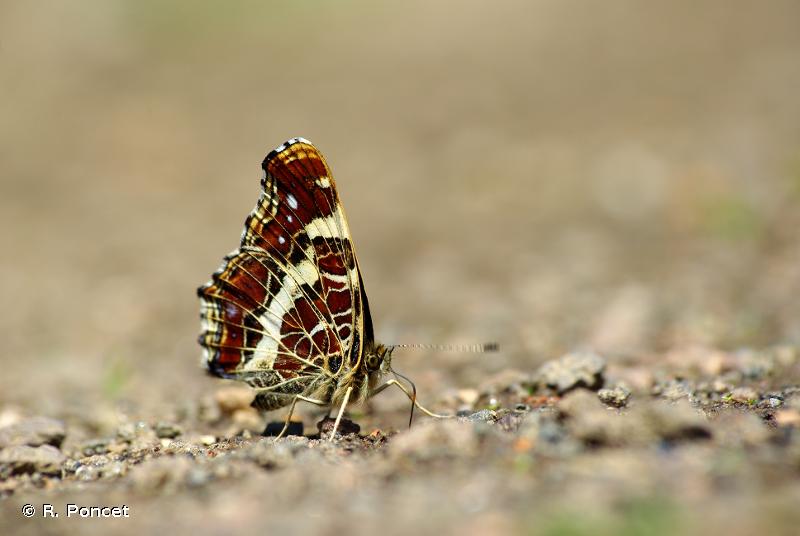
| Author : R. Poncet |
 |
To get the picture, please visit:
Rémy Poncet
Despite the Creative Commons license, please inform the author of the use which will be made of his photo
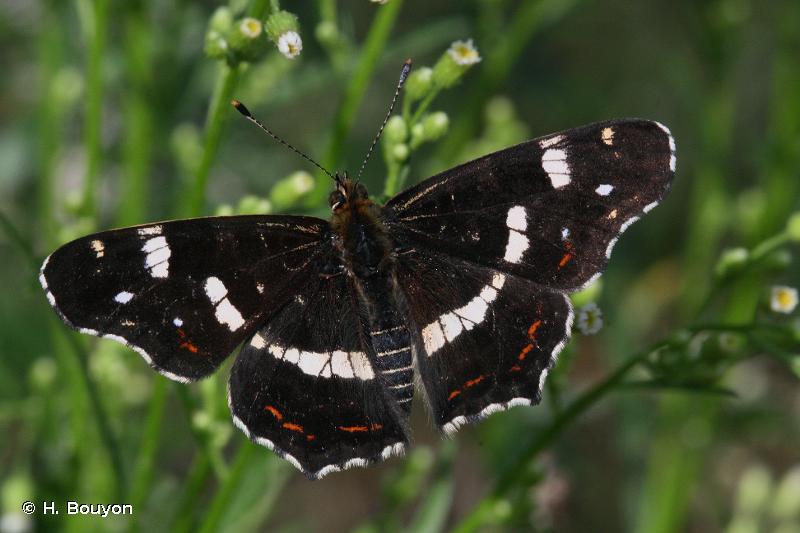
| Author : H. Bouyon |
 |
To get the picture, please visit:
Hervé BOUYON
email : herve.bouyon@wanadoo.fr
Any reuse of one or more photographs on this site is subject to an authorization request from the author.
Link to the Code of Intellectual Property (Legifrance)
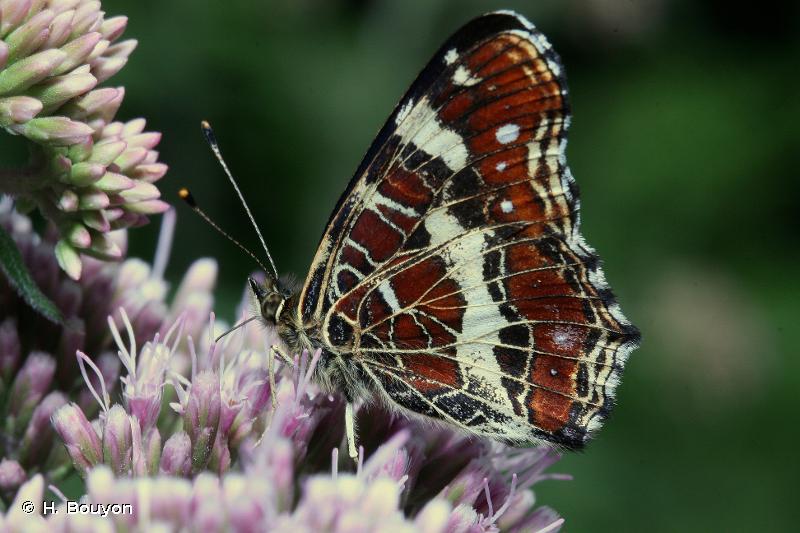
| Author : H. Bouyon |
 |
To get the picture, please visit:
Hervé BOUYON
email : herve.bouyon@wanadoo.fr
Any reuse of one or more photographs on this site is subject to an authorization request from the author.
Link to the Code of Intellectual Property (Legifrance)
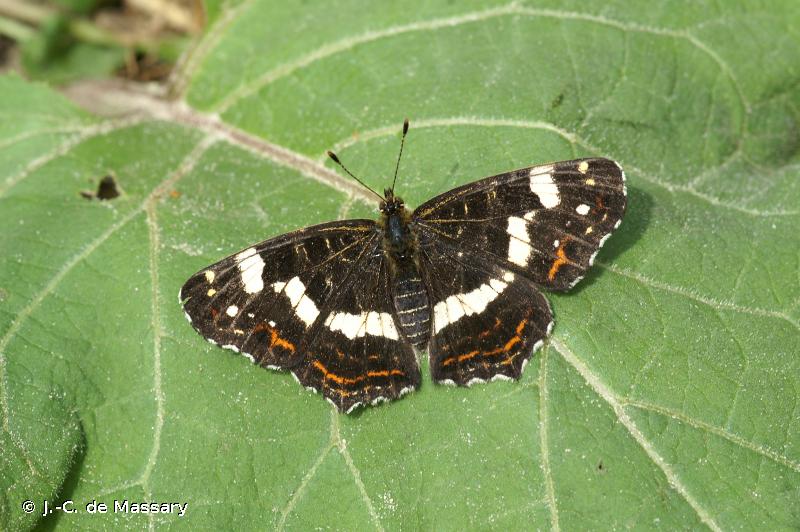
| Author : J.-C. de Massary |
 |
To get the picture, please visit:
Massary (de)Jean-Christophe
25 rue des Sorbiers
60510 LA NEUVILLE EN HEZ
Despite the Creative Commons license, please inform the author of the use which will be made of his photo
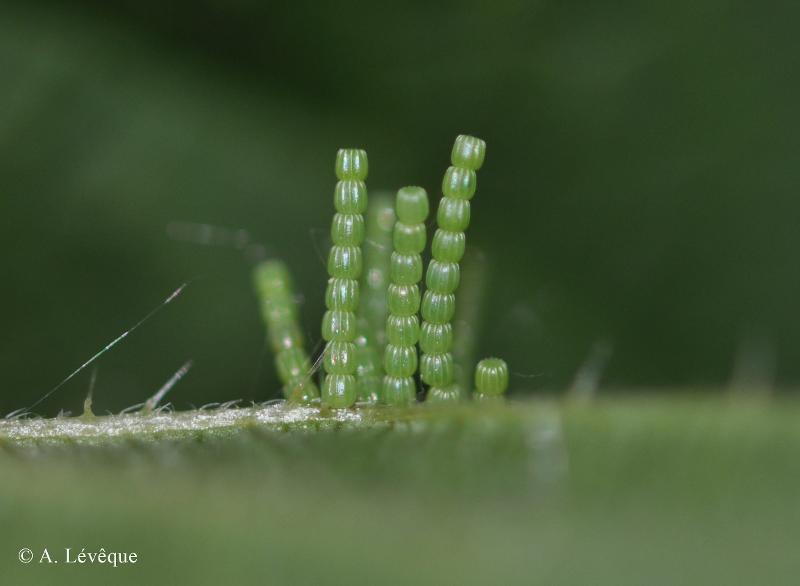
| Author : A. Lévêque |
 |
To get the picture, please visit:
Antoine Lévêque
E-mail : antoine.leveque@mnhn.fr
Despite the Creative Commons license, please inform the author of the use which will be made of his photo
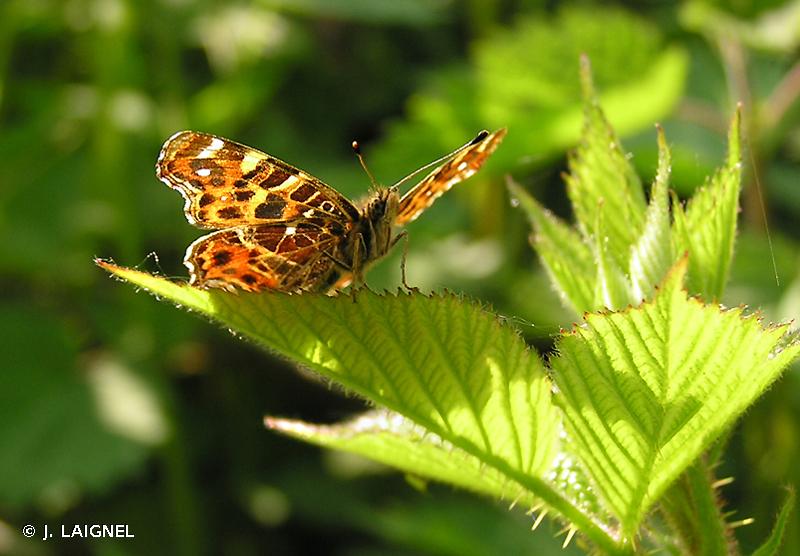
| Author : J. LAIGNEL |
 |
To get the picture, please visit:
Julien Laignel
Chargé de mission SNB - SPN/MNHN
4, avenue du Petit Château
91800 BRUNOY
Tel.: 06.10.68.23.36
Mail: julien.laignel@9online.fr
Despite the Creative Commons license, please inform the author of the use which will be made of his photo
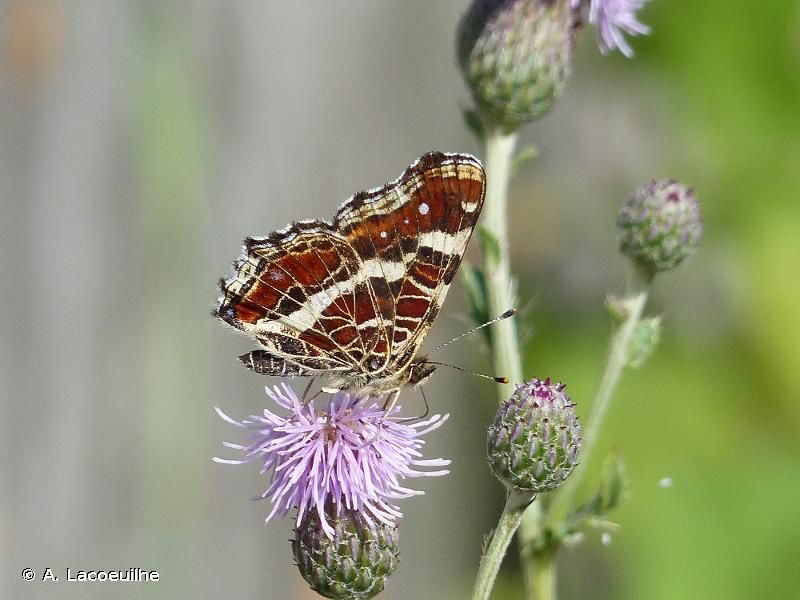
| Author : A. Lacoeuilhe |
 |
To get the picture, please visit:
Aurélie Lacoeuilhe
aurelie.lacoeuilhe@wanadoo.fr
Despite the Creative Commons license, please inform the author of the use which will be made of his photo

| Author : J. Touroult |
 |
To get the picture, please visit:
Legend: Forme printanière
Despite the Creative Commons license, please inform the author of the use which will be made of his photo
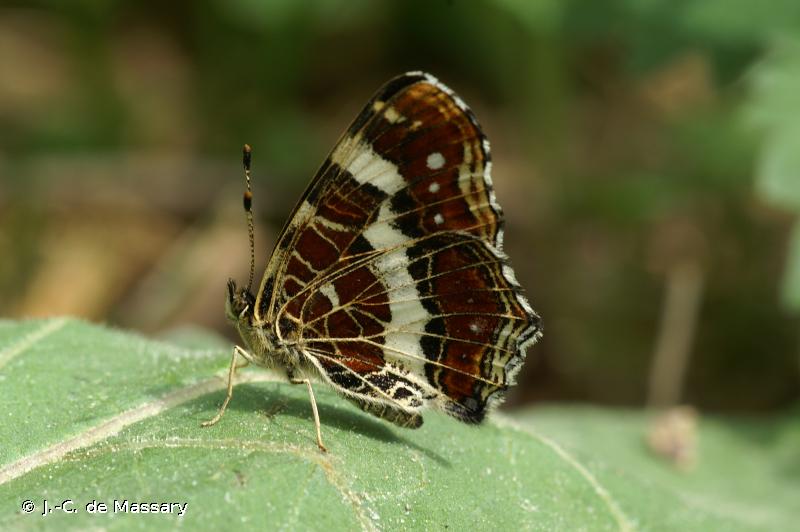
| Author : J.-C. de Massary |
 |
To get the picture, please visit:
Massary (de)Jean-Christophe
25 rue des Sorbiers
60510 LA NEUVILLE EN HEZ
Despite the Creative Commons license, please inform the author of the use which will be made of his photo
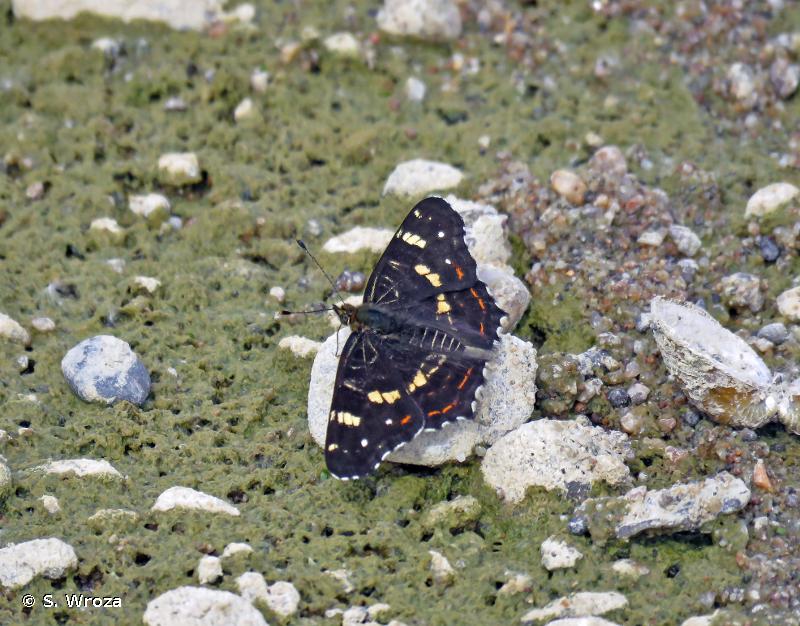
| Author : S. Wroza |
 |
Despite the Creative Commons license, please inform the author of the use which will be made of his photo
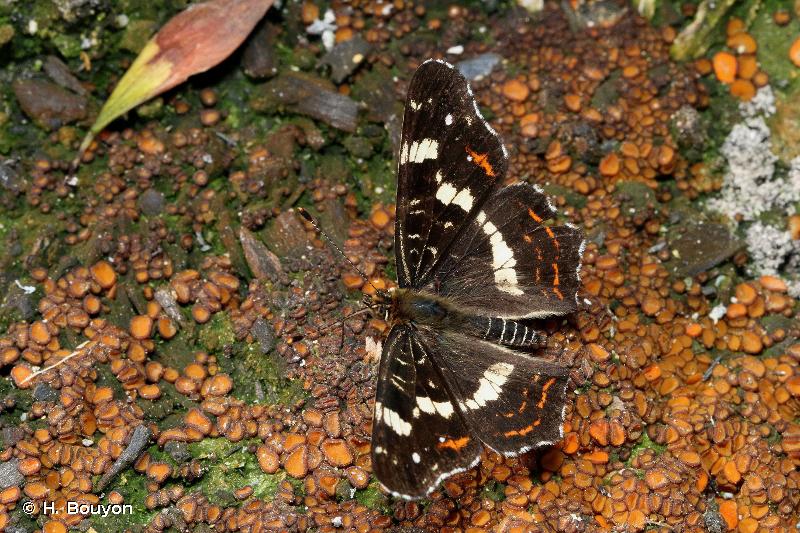
| Author : H. Bouyon |
 |
To get the picture, please visit:
Any reuse of one or more photographs on this site is subject to an authorization request from the author.
Link to the Code of Intellectual Property (Legifrance)
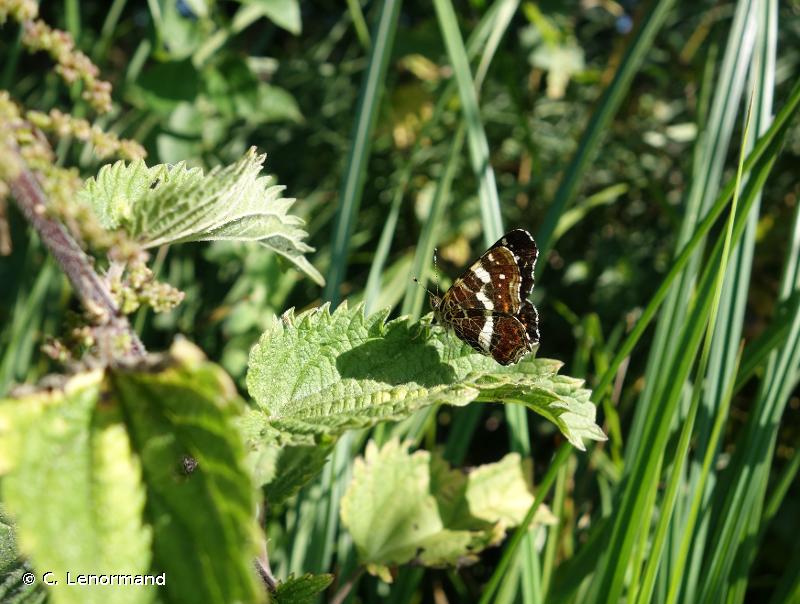
| Author : C. Lenormand |
 |
To get the picture, please visit:
Despite the Creative Commons license, please inform the author of the use which will be made of his photo

| Author : C. Lenormand |
 |
To get the picture, please visit:
Despite the Creative Commons license, please inform the author of the use which will be made of his photo

| Author : S. Wroza |
 |
Despite the Creative Commons license, please inform the author of the use which will be made of his photo
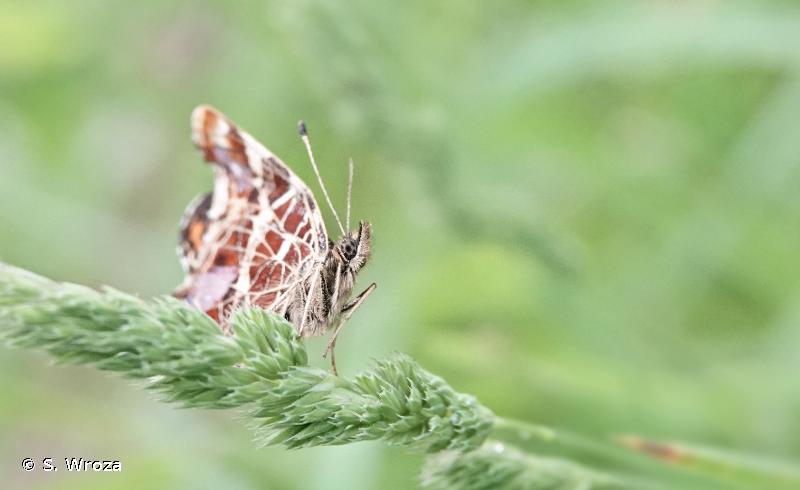
| Author : S. Wroza |
 |
Despite the Creative Commons license, please inform the author of the use which will be made of his photo

| Author : S. Wroza |
 |
Despite the Creative Commons license, please inform the author of the use which will be made of his photo
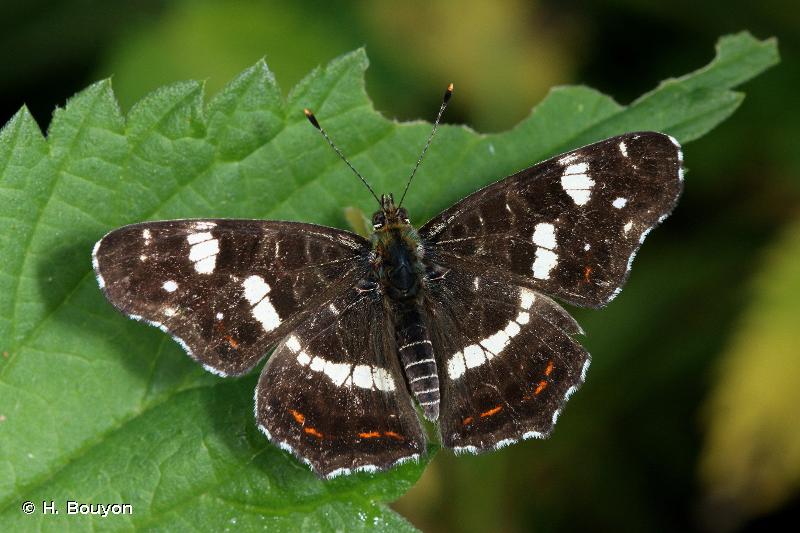
| Author : H. Bouyon |
 |
To get the picture, please visit:
Any reuse of one or more photographs on this site is subject to an authorization request from the author.
Link to the Code of Intellectual Property (Legifrance)
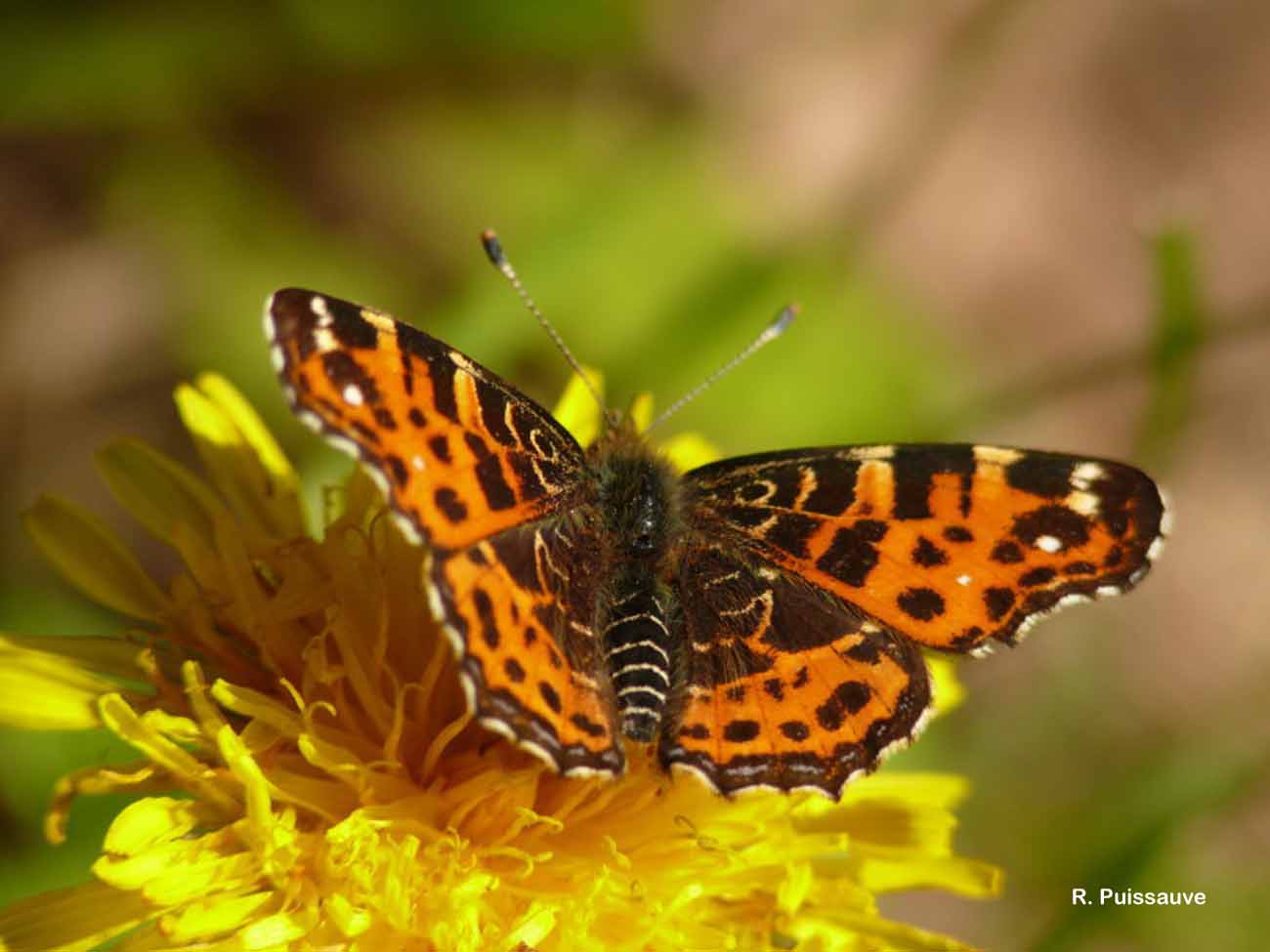
| Author : R. Puissauve |
 |
To get the picture, please visit:
Renaud PUISSAUVE
Muséum national d'Histoire naturelle - Service du Patrimoine Naturel
4 avenue du Petit Château
91 800 BRUNOY
e-mail : puissauve@mnhn.fr
Any reuse of one or more photographs on this site is subject to an authorization request from the author.
Link to the Code of Intellectual Property (Legifrance)
Taille :
Adulte : 28 -40 mm
Diagnose :
Papillon dont l'apparence est très différente selon la génération. La première génération printanière est de couleur fauve orangé avec des rangées de taches noires. La seconde génération estivale est noire avec des taches et une ligne centrale blanche ainsi que des lignes submarginales rouge orangé. Le dessous est brun-rouge et réticulé de blanc avec des taches violacées. La chenille est noire avec une rangée latérale brun pâle et des épines noires.
Détermination :
L'adulte est relativement facile à reconnaître.
Espèces proches :
Le motif du dessous avec des taches violacées et des motifs rappelant une carte géographique permet de distinguer cette espèce des autres Nymphalides.
Période d'observation :
L'adulte est visible de mars à septembre.
Biologie-éthologie :
La Carte géographique réalise au moins deux cycles par an. Une troisième génération partielle a lieu chaque année dans le sud-ouest de la France et parfois dans d'autres régions selon le climat. Les chenilles se nourrissent des feuilles et des tiges de l'Ortie dioïque. La femelle pond par groupes de 6 à 20 œufs en forme de chainette qui pend sur le dessous des feuilles de la plante hôte. Les mâles adultes sont territoriaux et surveillent un territoire dans l'attente d'un rival ou d'une femelle.
Biogéographie et écologie :
La Carte géographique est une espèce eurasiatique dont la distribution s'étend du nord-est de l'Espagne au Japon. C'est une espèce typique des forêts des bords de cours d'eau, des lisières et des clairières. Elle est présente du niveau de la mer jusqu'à 1°200 m d'altitude.
D'après
Bellmann, H. (trad. Luquet, G.), 2013. Quel est donc ce papillon ? Les guides Nathan. Paris. 449 p.
Doux Y., Gibeaux C., 2007. Les papillons de jour d'Île-de-France et de l'Oise. Biotope, Mèze. Muséum national d'Histoire naturelle, Paris. 288 p.
Lafranchis, T., Jutzeler, D., Guilloson, J.-Y., Kan, P., Kan, B. 2015. La vie des papillons. Editions Diatheo. Montpellier. 751 pp.
Lafranchis, T. 2016. Papillons de France. Editions Diatheo. Montpellier. 351 pp.
J. Ichter(),2019
Continental
Metropolitan France
Overseas
Marine
Metropolitan France
Overseas
The map presents a summary at the 10 x 10 km grid of the observation data for the species transmitted to the SINP. These data have been subjected to validation filters.
The map presents a reference distribution layer of the species at the scale of departments and marine sectors. The presence and absence data were established by expertise within a network of partners. This reference distribution is used in the validation process of the SINP data at the INPN level.
Corresponds to a report on the basis of at least one observation proved within a period of 10 years (20 years for little-known invertebrates) preceding the year and no presumption of extinction since obtaining the last data nor doubt on reproductive and implemented nature of this population. For migratory species, the presence indicated concerns areas of reproduction.
This status is based on one or more of the following criteria:
This point covers the absence, more difficult by nature to demonstrate than presence. This status is based on one or more of the following criteria:
This status must be assigned to a department in which the presence of the species is casual.
Particular case of absence due to a proven extinction less than a half century ago (older disappearances are treated as "no probable or definite").
In the state of knowledge, we can not comment on the presence or absence in the current department. This is the default status when not comprised in one of the previous categories or whenever there is doubt.
The map shows the global distribution of the species based on GBIF data (Global Biodiversity Information Facility).
